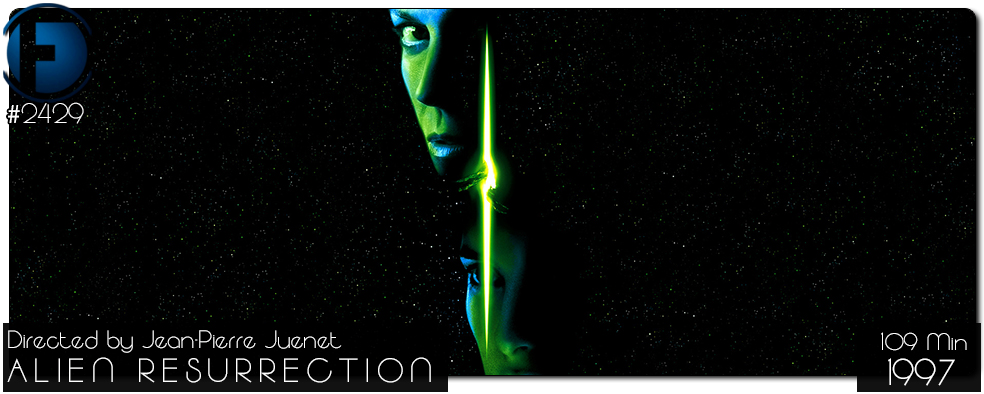Movie Review – Alien Resurrection
Principal Cast : Sigourney Weaver, Winona Ryder, Dominique Pinon, Ron Perlman, Gary Dourdan, Michael Wincott, Kim Flowers, Dan Hedaya, JE Freeman, Brad Dourif, Raymond Cruz, Leland Orser, Carolyn Campbell, David St James, Marlene Bush.
Synopsis: Two centuries after her death, a powerful human/alien hybrid clone of Ellen Ripley aids a crew of space pirates in stopping the aliens from reaching Earth.
********
The fourth entry in the Alien franchise saw 20th Century Fox take a gamble on cult-favourite French director Jean-Pierre Jeunet (Delicatessen, The City of Lost Children, and later Amélie) to helm this moist, garbled, often horrifying yet equally horrible instalment in the iconic sci-fi horror series. While the film struggles to resurrect the deceased Ellen Ripley in a way that makes narrative sense—her demise at the end of David Fincher’s Alien 3 is a major hurdle, even by the flexible logic of franchise filmmaking—Jeunet’s distinctively French aesthetic is at least visually intriguing. Unfortunately, the film is hamstrung by some seriously clunky visual effects (though a few are surprisingly effective) and a screenplay weighed down by wooden dialogue, dreadful characterisation, and a risible, paint-by-numbers plot.
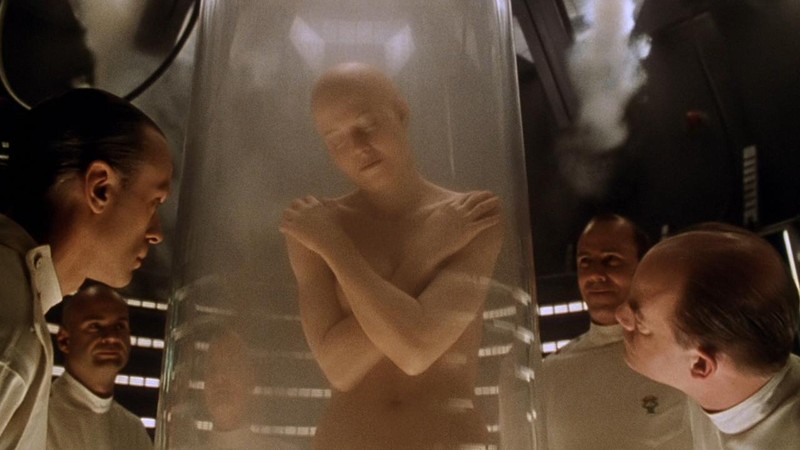
Set 200 years after the events of Alien 3, scientists aboard the USM Auriga successfully clone Ellen Ripley (Sigourney Weaver), though she now carries alien DNA within her genetic makeup. This results in enhanced strength, heightened reflexes, and a mysterious connection to the Xenomorphs. The scientists’ goal is to breed and study the creatures, but when a crew of space mercenaries—led by the tough and cynical Elgyn (Michael Wincott)—delivers human cargo for experimentation, all hell breaks loose. The aliens escape, slaughtering the crew and turning the ship into a floating nightmare. Among the mercenaries is the enigmatic Call (Winona Ryder), who harbours a secret agenda linked to Ripley’s past. As the body count rises, Ripley and the survivors must fight to escape before the ship reaches Earth, culminating in a nightmarish confrontation with a grotesque alien-human hybrid, the Newborn.
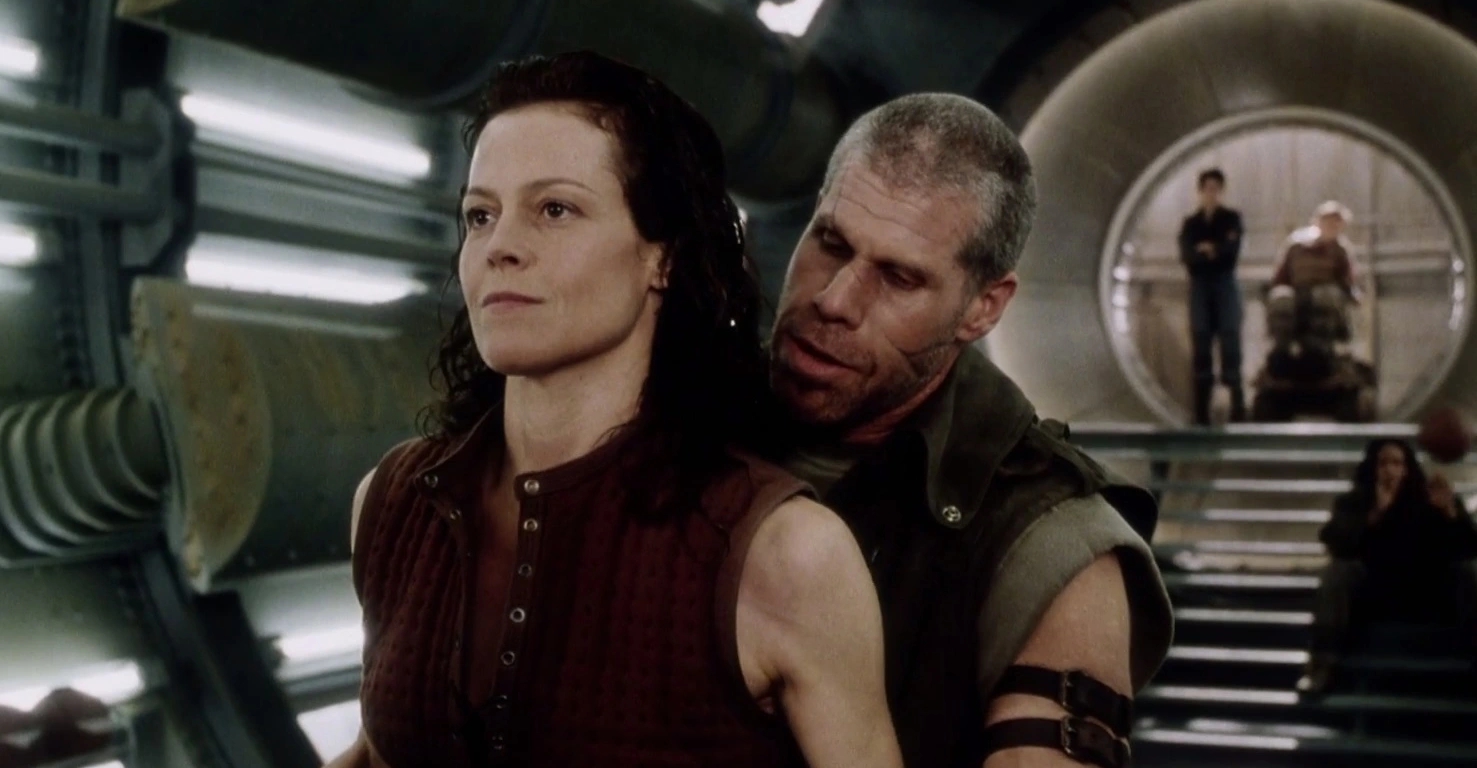
On paper, Alien Resurrection had all the right ingredients. Sigourney Weaver’s return—this time playing a more feral, cloned version of Ripley—brought star power and continuity, with the actress herself reportedly having significant input on her character’s development alongside credited screenwriter Joss Whedon. Jeunet, known for his surreal, visually arresting films, promised an inventive take on the Alien mythos. The supporting cast boasted then-hot Winona Ryder, the towering Ron Perlman, and the always-duplicitous Brad Dourif, among others. With Alien 3 having been both a critical and commercial failure, fans were eager for 20th Century Fox to shake up the franchise and return it to its former glory.
Unfortunately, all these elements collide in a sweaty, liquid-heavy mess of weirdly lit shadows, dingy sets, and the franchise’s trademark industrialised aesthetic. Some of the performances are astoundingly bad, the dialogue frequently laughable, and the tone wildly inconsistent.

Sigourney Weaver remains the franchise’s strongest asset, and her portrayal of Clone Ripley is one of the few elements that genuinely works. This “alternative Ripley” carries the film through to its bizarre, mind-breaking climax, where she faces off against the hideous alien-human hybrid, a creature that looks like a skinned foetus crossed with a Xenomorph. It’s a horrifying design, but like much of the film, its impact is dulled by poor narrative execution. The rest of the cast is saddled with some of Whedon’s worst screenwriting, though they do their best to deliver the kind of sci-fi nonsense Alien fans have come to expect. Whedon’s attempt to return to the “band of misfits” dynamic—best executed in James Cameron’s Aliens—falls flat due to his penchant for jokey, quip-laden dialogue. Ron Perlman gets the lion’s share of one-liners, delivering them with the driest of dry wit, while Brad Dourif plays a creepy scientist whose almost religious fascination with the Xenomorphs makes him the most intriguing supporting character.

Other ensemble members, like Michael Wincott, Dan Hedaya, and Gary Dourdan, bring requisite gravitas but little else. Leland Orser essentially reprises his Se7en character, existing in a perpetual state of panic and shock. The most egregiously miscast actor, however, is French cinema stalwart Dominique Pinon, a longtime Jeunet collaborator who, prior to this film, reportedly couldn’t speak English. Forced to learn his lines phonetically, Pinon delivers them with an awkwardness that borders on parody. In a film full of questionable creative decisions, his casting might be the most baffling. It’s certainly the film’s weakest point of contention.
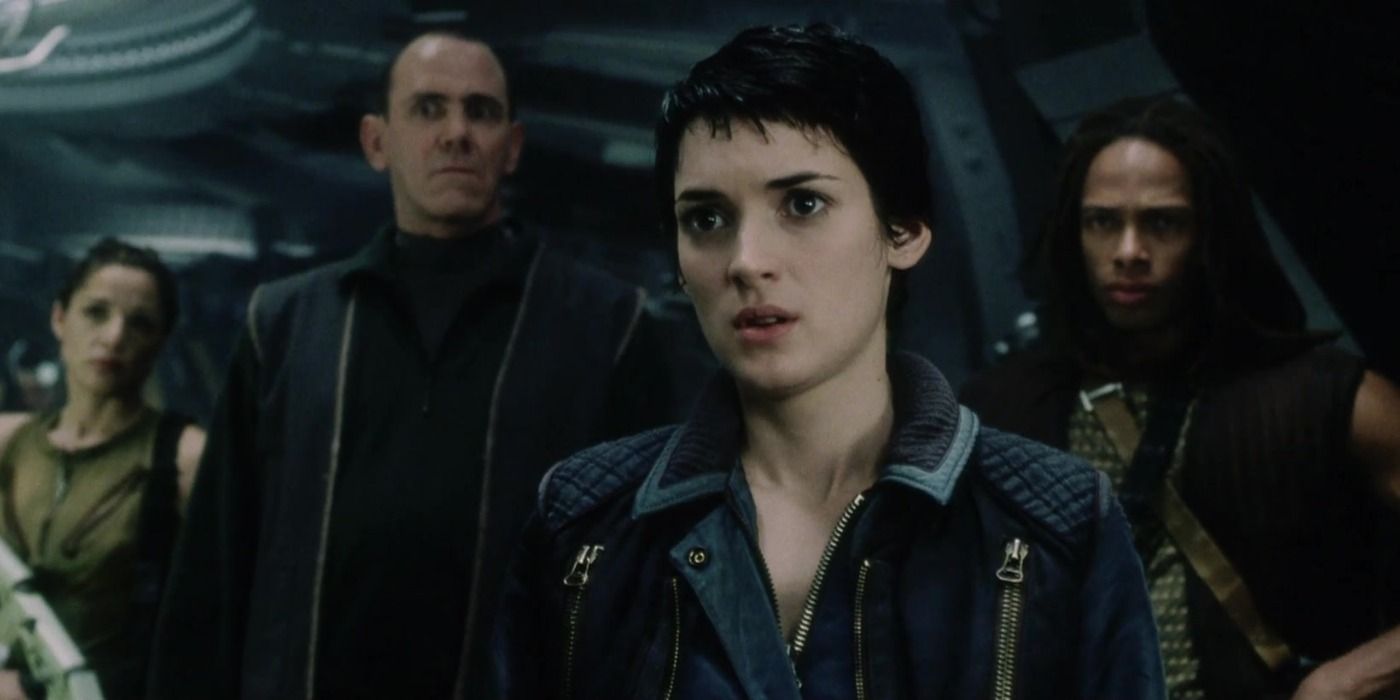
Winona Ryder, meanwhile, feels completely miscast as Call. Looking more like a lost teenager than a hardened space mercenary, Ryder struggles with Whedon’s clunky dialogue and Jeunet’s peculiar direction. Her character’s arc is at least well-defined, but obvious plot twists—intended as clever callbacks to earlier Alien films—fall flat. Whether Whedon was winking at the audience or just fumbling the execution is unclear, but either way, the jokes don’t land. The one saving grace is the dynamic between Ryder and Weaver, which almost elevates the film above its many missteps. Special mention must also go to Dan Hedaya, whose sweaty, bewildered performance as one of the ship’s commanders is more unintentionally comedic than it has any right to be.
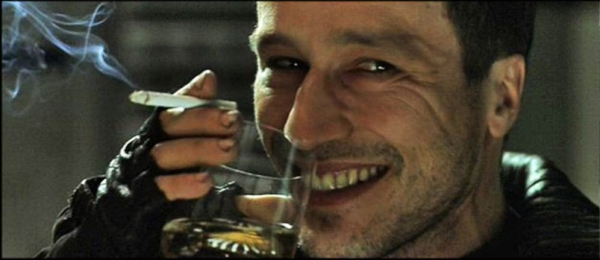
The film’s biggest failing is its inability to balance horror with comedy. Every moment of flesh-shredding Xenomorph terror is undercut by a misplaced Whedon sight gag or throwaway one-liner. Like mixing oil and water, the result is a mess. Jeunet’s decision to show the Xenomorphs in full light rather than lurking in the shadows—perhaps a holdover from Fincher’s ill-fitting choices in Alien 3—further diminishes their impact. Gone is the creeping dread of Alien or the relentless intensity of Aliens; here, the monsters are overexposed, turning them into little more than snarling rubber-suited creatures. Even the climactic confrontation with the Alien-Newborn hybrid lacks the weight of previous franchise finales. Where Ripley’s battle with the Alien Queen in Aliens carried maternal overtones and genuine emotional stakes, here we get Clone Ripley sharing a bizarrely sexualised bond with a grotesque, contorted abortion-monster. It’s repulsive, yes, but not in the way the filmmakers likely intended. Little wonder Fede Álvarez would revisit a similar idea in Alien: Romulus decades later—it’s a great concept, but Alien Resurrection botches it entirely.
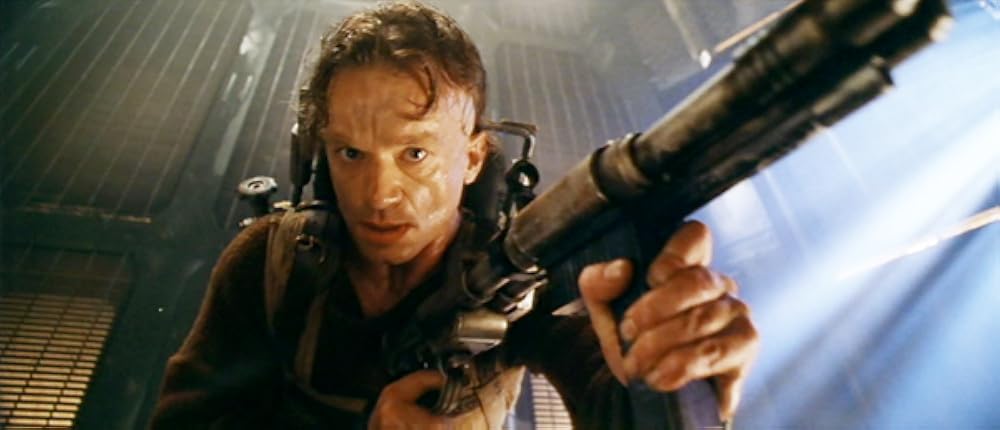
Ultimately, Alien Resurrection sticks too closely to the beats of the previous films. The isolated setting, the ticking-clock finale, the ragtag ensemble—they all feel like either a tired homage or a straight-up parody of Alien, Aliens, and even Alien 3. It’s a remix of lesser proportions, bogged down by dire creative choices and Whedon’s misjudged script. That’s not to say Jeunet’s direction is entirely without merit. He maximises his budget to deliver some striking visuals—one early scene featuring a grotesquely malformed Ripley clone is genuinely disturbing—but for every moment of stylistic brilliance, there’s another weighed down by bad acting, bad dialogue, or a bad script. Even the most die-hard Xenomorph fan will find themselves longing for the militarised efficiency of James Cameron’s Aliens.

Little wonder this entry effectively killed the franchise as a standalone property. The next attempt to keep Alien afloat saw the Xenomorphs collide with the Predator series, and it would take Ridley Scott’s return with Prometheus to restore any semblance of credibility. As it stands, Alien Resurrection is borderline unwatchable. If you must endure it, I recommend alcohol or hallucinogenic drugs. I suspect both were involved in its production.

